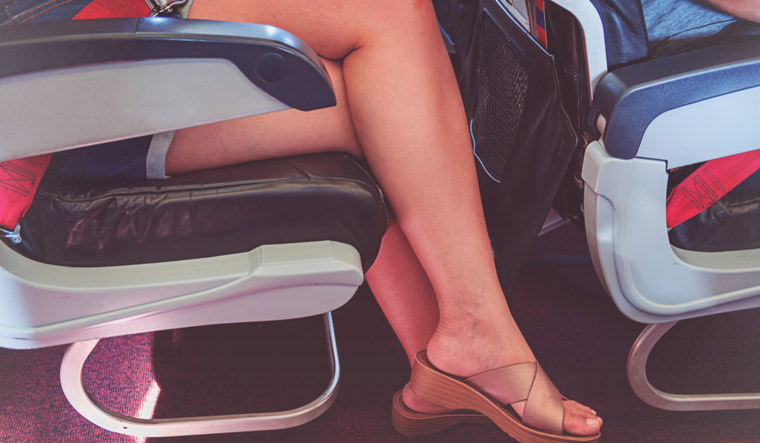After two years of a pandemic lull, travel is on everybody’s wish list. The lure of distant lands is stronger than ever.
Long distance travel presents its won unique set of challenges like deep vein thrombosis commonly known as economy class syndrome.
Deep vein thrombosis occurs when the blood clots in our leg veins. Prolonged inactivity of lower limbs is a major contributing factor to deep vein thrombosis. It can occur when you sit in the same position for a longer time in aeroplanes and can turn life threatening, says Dr. Venkatesh Reddy, consultant – Vascular and Endovascular Surgery, Manipal Hospital Old Airport Road. “Recently we lost one of our colleagues while travelling from India to Canada.”
“Cramped up leg space, inability to stretch your legs, prolonged stagnation of blood in lower limbs in flight journeys more than 4 hours, dehydration due to dry cabin air and negative cabin pressure are factors which add up to clot formation in veins of leg leading to Economy class syndrome," explains Dr. Krishna Chaitanya, consultant—Vascular and Endovascular Surgery, Aster CMI Hospital, Bengaluru. Travellers may find one or both feet swollen along with pain on walking after completing the flight journey. "In some cases, the clots might even dislodge to the lungs resulting in severe breathing difficulty, a condition known as pulmonary embolism,” he adds.
Travelers who consume excess alcohol during the flight journey, pregnant women, those who are on hormonal contraceptives, people suffering from varicose veins and clotting disorders and also the elderly are more vulnerable to this condition.
“The incidence of DVT has risen remarkably during the pandemic,” says Dr. Amit Chaudhary, associate director, Cardiothoracic and Vascular Surgery, Asian Institute of Medical Sciences, Faridabad. ‘’Treatment of DVT is complex which sometimes may require surgery,” he adds.
Prevention of DVT is quite simple. "Drink plenty of water and fluids to keep yourself well hydrated. Walk for while at least once in 1-2 hours. While sitting keep moving your feet and squeezing your calf muscles at frequent intervals. Those who are already predisposed to DVT by virtue of their ongoing disease or medication should wear DVT stockings which are readily available in the market," says Chaudhary.



